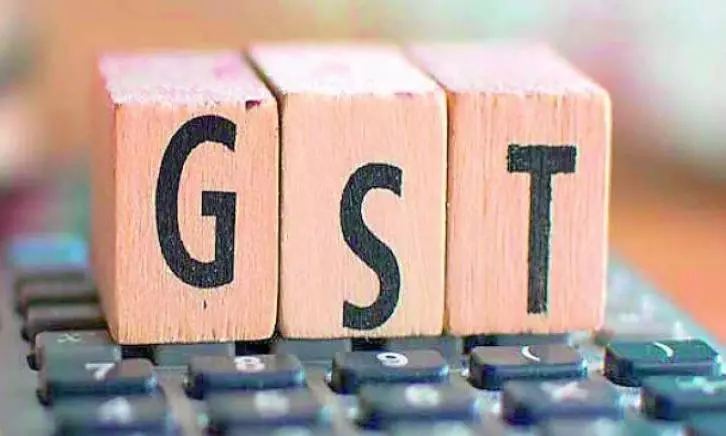
The government introduced a historic tax reform in 2017, promoting simplicity and reducing the tax burden by introducing the Goods and Services Tax. Government data showed gross GST collections rose 9% to Rs 1.87 lakh crore in October, the second highest ever. According to media reports, the Group of Ministers (GoM) on rationalization of GST rates has recently proposed a new slab of GST of 35% over the existing 4 slabs and on products considered to be offensive items such as aerated beverages and tobacco products. The GoM is perplexed as it is allegedly meant to focus on rationalization of rates.
Countries tend to tax so-called ‘sin’ products (products that are addictive in nature and not good for public health) mainly for two reasons, one to increase revenue collection without much change in demand, as these products tend to increase. Cost stability (ie price increases do not significantly affect consumption) and two with the policy objective of making such taxes an effective economic deterrent / making them less attractive to their consumers and hopefully pushing such consumers to safer alternatives. It is relevant to note that most major economies with GST or GST-like tax systems have fewer number of slabs and in any case a significantly lower top slab for tax rate.
According to a World Bank cross-country study on sugar-sweetened beverages, India has one of the highest tax rates for carbonated soft drinks (CSDs) with a total tax rate of 40 percent by 2023. Countries such as the UK and France adopted a tiered tax approach, charging higher taxes for higher sugar content and lower taxes for lower sugar content. Growing awareness of preventive health has seen consumers switch to low sugar content products, creating a new market for healthy aerated beverages. However, a uniform tax on sugary carbonated drinks prevents manufacturers from investing and innovating to produce products with lower sugar content due to higher tax rates. A tiered tax approach would enable manufacturers to invest in manufacturing these products, which would create more jobs, and consequently more revenue for the government. This will increase government revenue, promote innovation and improve public health.
An analysis of WHO data published by the Tobacco Institute of India shows that India has the highest tax on cigarettes in the world as a percentage of GDP per capita. As a result, the total market share of the cigarette industry has decreased. From 21% of the tobacco market in India in 1982 to about 10% in 2023-24, tobacco consumption in the country increased by 49% during the same period. Therefore, it is clear that the tax burden on the tobacco industry is almost always aimed purely at cigarettes because it is the only part of the tobacco industry that is represented by well-organized and organized formal structures. Lacking alternatives, consumers are more likely to turn to unregulated, imported cigarettes, often produced in China, or counterfeit cigarettes, which are currently growing rapidly in India. The TII Handbook on the illegal cigarette trade suggests that the government loses about Rs 21,000 crore in revenue annually from illegal cigarettes and counterfeits that do not bear pictorial warnings and are cheap due to tax evasion. They are also unregulated and therefore risky for consumers. Furthermore, by leaving millions of citizens without a safe alternative or recourse to government subsidies, the government is effectively taking away its citizens’ rights under Article 21 of the Constitution. All respectable choices from its cigarette smoking citizens. It is safe to say that such a high GST slab is missing the wood for the trees from a policy objective perspective, at least at the level of a useful deterrent.
Finally, low rates encourage businesses to comply while high rates encourage tax evasion. Further, introduction of 35% slab will be adverse to tax simplification. At a time when India is in dire need of growth, it would be wise for the GST Council to consider a moderate tax system, which would increase tax collections and bring the economy back on its growth path.
The article was written by Pingal Khan, a partner at law firm, Ashlar Law. Opinions expressed here are personal.